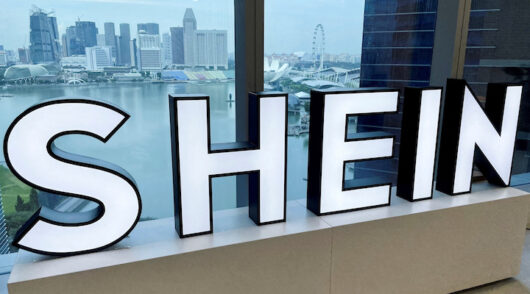America has surpassed China as the globe’s luxury goods growth leader.
Bain & Company says in a report that reversing the trend of recent years, the Americas region is now the leader in luxury goods spending growth, tipped to grow at four per cent in 2013, well ahead of China’s projected 2.5 per cent growth.
A steady pace of store openings in second-tier cities in the US interior has fuelled sales growth in the US. In a twist, an additional driving factor is luxury spending by the growing number of Chinese visitors to western cities in the US such as Las Vegas and Los Angeles.
Overall worldwide, luxury goods spending will grow by two per cent to €217 billion at current exchange rates over 2013, as challenging economics in Europe continue and as China shifts from market expansion to network maintenance of major luxury brands which entered China over the past several years.
Bain does, however, caution that the growth figures masks a significant impact from exchange rates. At constant exchange rates, market growth would have reached six per cent for the year, compared to five per cent in 2012. The devaluation of the yen is responsible for over half of this year’s gap, says Bain & Company.
“The hypergrowth of recent years was destined to moderate,” said Claudia D’Arpizio, a Bain partner in Milan.
“The silver lining for luxury brands is that they can now change their focus from keeping up with the present to planning for the future.”
Online sales continue to grow faster than the rest of the market, turning in 28 per cent annual growth for the year and reaching close to €10 billion, nearly five per cent of total luxury sales and larger than luxury revenues for all of Germany.
In online sales, shoes are the top-performing category. Meanwhile, accessories have definitively become the largest segment, growing four per cent for 2013 to reach 28 per cent of total revenues.
By contrast, apparel is now a quarter of the market, growing at one per cent. Hard luxury and perfumes and cosmetics will finish up 2013 with two per cent growth.
Beyond personal luxury goods, Bain’s forecasts for luxury cars, wine and spirits, hotels, in-home and out-of-home food, home furnishings, and yachts all show growth, with luxury cars, wine and spirits, and hotels outpacing personal luxury goods and leading to an overall 2013 market of €800 billion of affluent spending, up six per cent over 2012. This figure is on track to approach €1 trillion within the next five years.
Italian brands have gained the largest market share of luxury sales, moving from 21 per cent in 1995 to 24 per cent today, nearly equaling French brands’ share of 25 per cent. But in a consolidating market, French conglomerates are a driving force, owning 29 per cent of the market compared to 25 per cent in 1995, it says.
“The luxury goods market is becoming more and more complex and, in some aspects, starting to look like more competitive industries such as fast-moving consumer goods,” says D’Arpizio.
Brands find themselves having to adapt by bringing in the level of detailed customer insight that food or drink brands need to drive growth,” added D’Arpizio.






